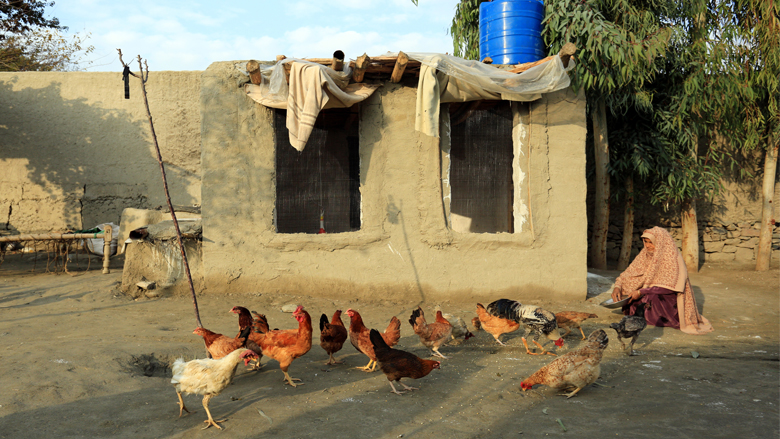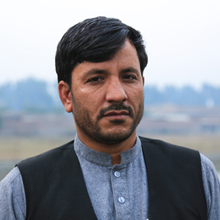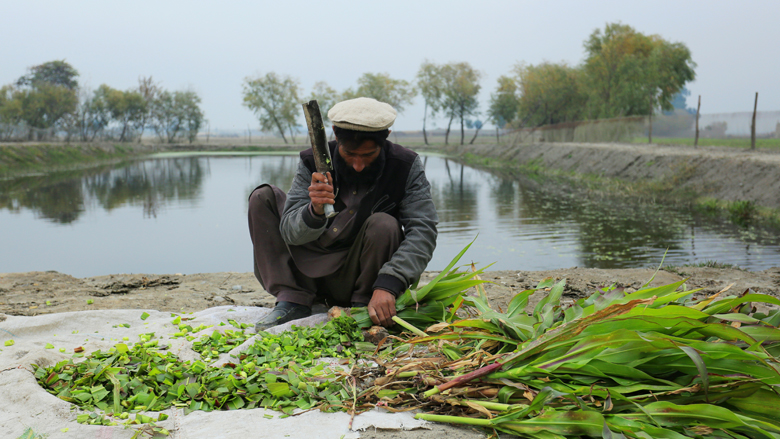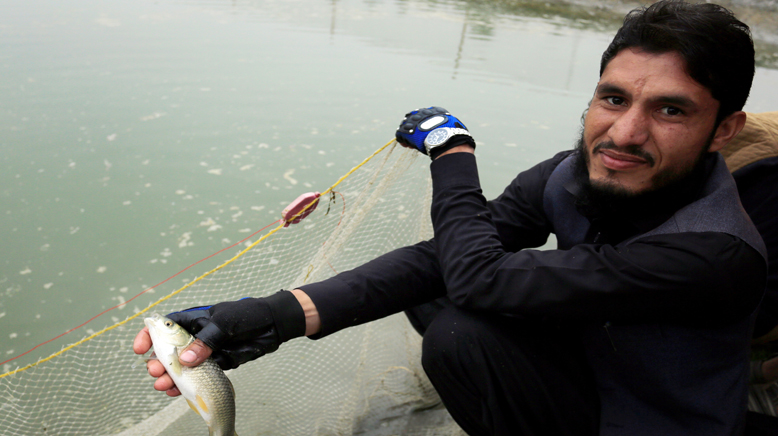KAMA DISTRICT, Nangarhar Province – As late afternoon unfolds, Parwin is counting her chickens in the courtyard of her house in Sangar Sarai village, Kama district. The small courtyard is surrounded by multiple rooms with broken windows covered by plastic.
. “I am so happy that I now have more than 30 chickens, a room to keep them in, plenty of food and medicine to keep them fed and healthy, and I can use their eggs to help my family financially,” she says. Parwin, who lost her husband and two of her sons in a blast two years ago, had been concerned about supporting her family. “But now I am able to make some money and help feed my family,” she says with a smile of hope.
Kama district, where Parwin lives with her three surviving children is situated some 39 km east of Jalalabad city, the provincial capital of eastern Nangarhar Province. Parwin is one of hundreds of people in the district to benefit from the National Horticulture and Livestock Project (NHLP), operating under the Ministry of Agriculture, Irrigation and Livestock (MAIL).
So far, , according to Zia-ul-Haq Fazli, NHLP Provincial Officer in Jalalabad. . “Almost all of our poultry farm beneficiaries are widowed women, the disabled, and poor families,” says Zia-ul-Haq. “.”




